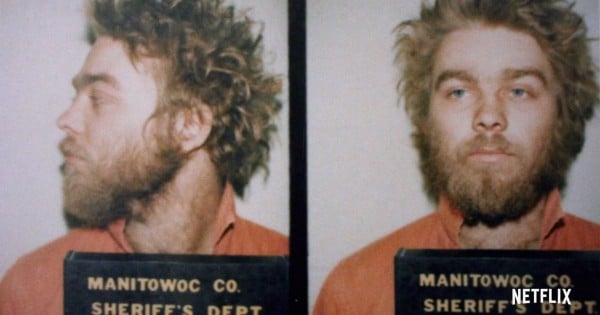
WARNING: This story contains SPOILERS so only those who have finished the 10-part series should read on. Curious cats up to episode five – GO AWAY. Don’t do it. Seriously.
If you are still with us you’ve seen the Netflix documentary series, so we don’t need to recap the back story, the evidence against and for Steven Avery in the 2005 murder trial of 25-year-old photographer Teresa Halbach.
You already know Avery, from Manitowoc County, Wisconsin, has spent 18 years in jail for a rape he did not commit and was exonerated due to new DNA evidence. You know he was suing the Manitowoc County police in 2005 when he was arrested for murder. You know the show highlighted systematic flaws in the U.S. justice system.




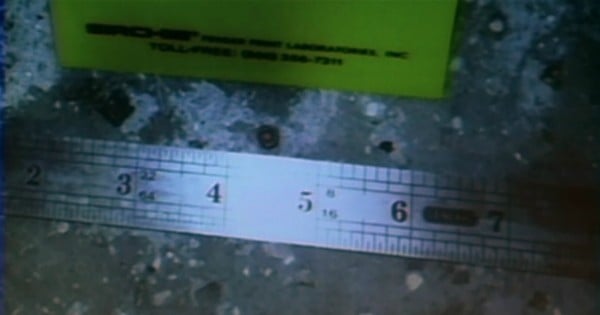
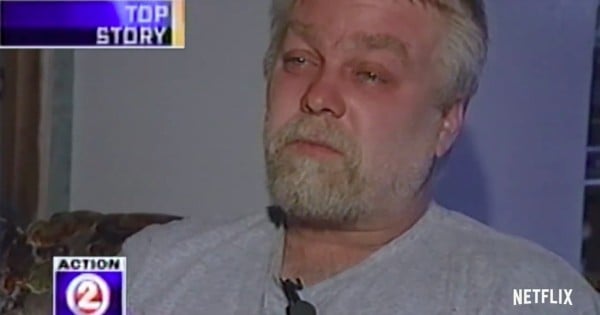
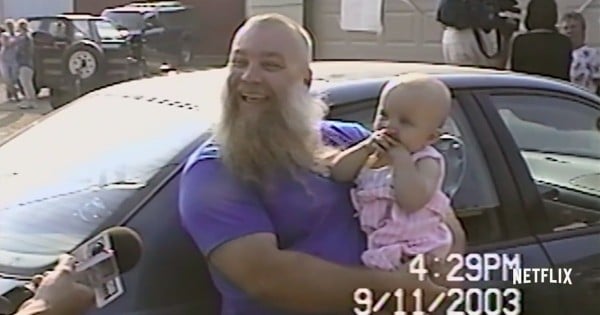
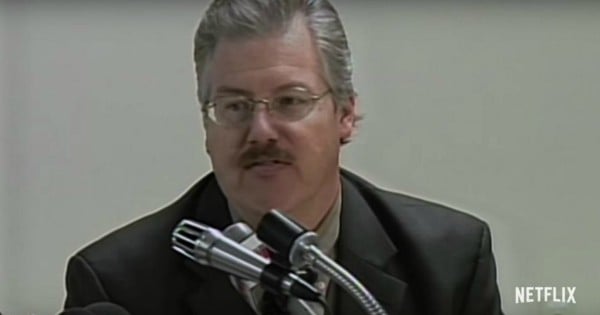
Top Comments
I believe he is guilty of her murder, though I do believe the cops maybe "helped" with evidence to get the verdict. It's clear they had him lined up.
Avery has exhausted all his appeals on the conviction, so short of the state governor giving him a pardon he is going to die in jail.
Ken Kratz has gone downhill since the trial. He resigned in Oct 2010 following a sexting scandal with a DV victim and complaints from 30 other women.
Gotta love the American justice system.No way the state was going to cough up all those millions in compensation.He was stitched up the second time and moneys changed hands
If you enjoyed the series, you might like this BBC program on the OJ Simpson murder trial which lays out an interesting case as to who the real killer is:
https://m.youtube.com/watch...
Their theory fits a lot better than the glove did.
The man who got away with murder